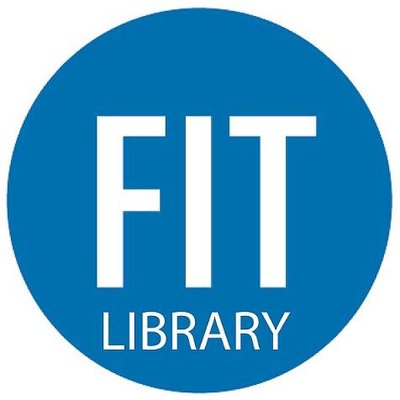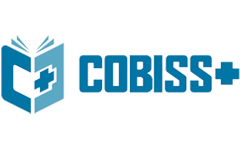Applying Audio lingual Method in English lessons
DOI:
https://doi.org/10.61841/jtps9n23Keywords:
Technique, Speaking, Method, Audio Lingual Method, Repetition drill, Dialogs memorizationAbstract
The beneficial use of technique in teaching assists the students to enjoy the learning process. The effective technique of teaching in the learning process can be seen in the performance or the goal. The goal of learning a foreign language is to master the target language. In a general way, the foreign language, like English, is studied by the learner in the secondary school. The technique of teaching has been made to reduce the failures of learning a foreign language. Speaking and listening are important skills in learning English. Due to the significance of speaking and listening itself, there are some functions of speaking and listening for the users and respondents. The functions of those can be seen clearly in the application of speaking in daily life, such as to communication, expressing the idea orally, giving command to other persons, etc. In addition, the method of learning speaking and listening must be taken in the learning process to achieve the goal of learning foreign language. Based on the previous explanation, it is intriguing to find out the method that is appropriated with the technique of teaching speaking and listening. However, there are many methods of teaching speaking, such as The Direct Method, the audio-linguistic Method, The Grammar Translation Method, etc. Therefore, this paper will focus on the application of the audio-linguistic method in an English-speaking class.
Downloads
References
1. Brown, H.D. (2001). Teaching by Principles: An Interactive Approach to Language Pedagogy, 2nd Ed., New York: Pearson Education Company.
2. Larsen, Dianne. (2000). Techniques and Principles in Language Teaching. Oxford: Oxford Publisher.
3. Sobirov, B. (2018). Innovative development of tourism in Uzbekistan. American Journal of Economics and Business Management, 1(1), 60-74.
4. Muhs, D. et al. (2003). Roloff/Matek mechanical parts, 16th ed. Wiesbaden: Vieweg Verlag. 791 p. (In German). ISBN 3-528-07028-5.
5. Sobirov, B. (2018). The concept of the tourist economic zone. Case of Uzbekistan. World Scientific News, 98, 34-45.
6. Air by Active Sampling on TENAX TA Sorbent, Thermal Desorption, and Gas Chromatography using MSD/FID.
7. Geneva, International Organization for Standardization.
8. Bobur, S., & Mashkhura, A. (2019). Economic essence and organizational features of free tourist zones. The case of Uzbekistan. International Journal on Economics, Finance and Sustainable Development, 1(1), 1-6.
9. Goon, B. (2005). Effects of excessive drinking on sport participation. Retrieved on 7. 8. 2006,
Downloads
Published
Issue
Section
License
Copyright (c) 2020 AUTHOR

This work is licensed under a Creative Commons Attribution 4.0 International License.
You are free to:
- Share — copy and redistribute the material in any medium or format for any purpose, even commercially.
- Adapt — remix, transform, and build upon the material for any purpose, even commercially.
- The licensor cannot revoke these freedoms as long as you follow the license terms.
Under the following terms:
- Attribution — You must give appropriate credit , provide a link to the license, and indicate if changes were made . You may do so in any reasonable manner, but not in any way that suggests the licensor endorses you or your use.
- No additional restrictions — You may not apply legal terms or technological measures that legally restrict others from doing anything the license permits.
Notices:
You do not have to comply with the license for elements of the material in the public domain or where your use is permitted by an applicable exception or limitation .
No warranties are given. The license may not give you all of the permissions necessary for your intended use. For example, other rights such as publicity, privacy, or moral rights may limit how you use the material.
















